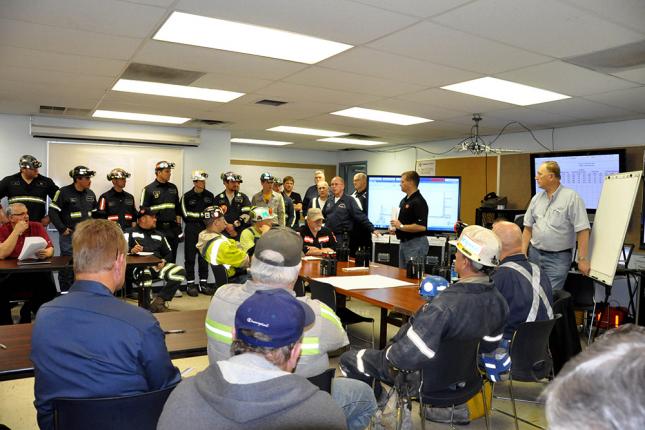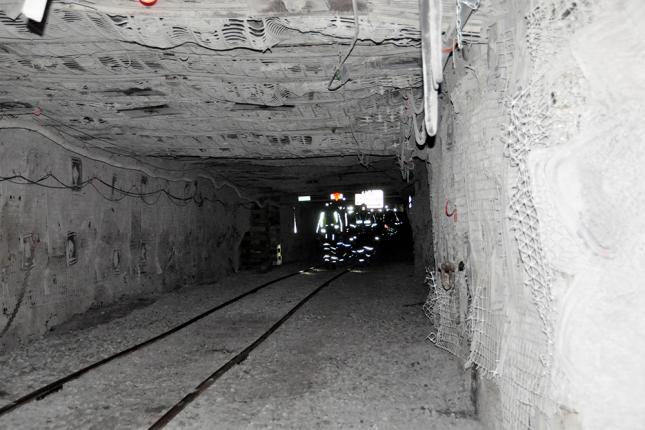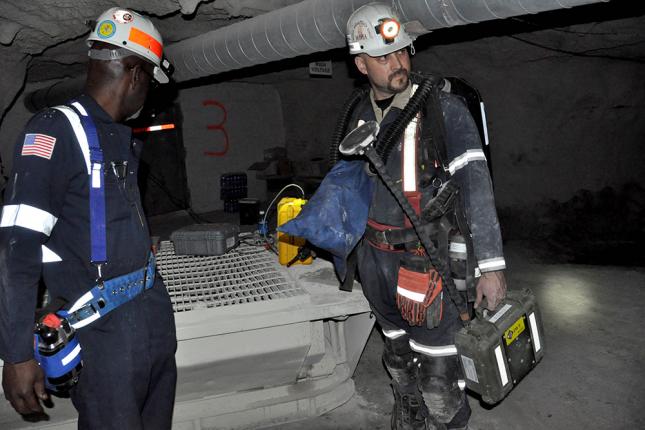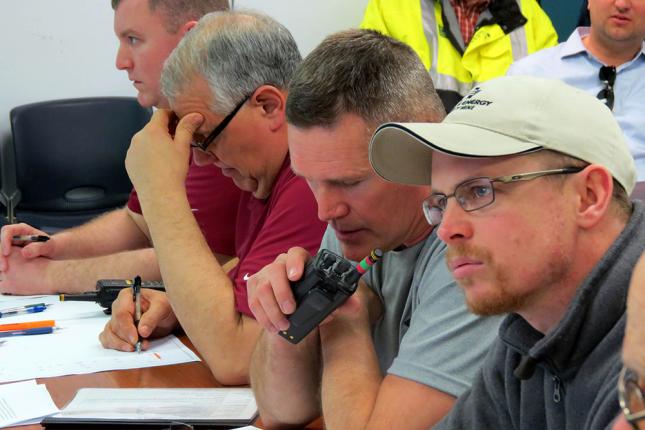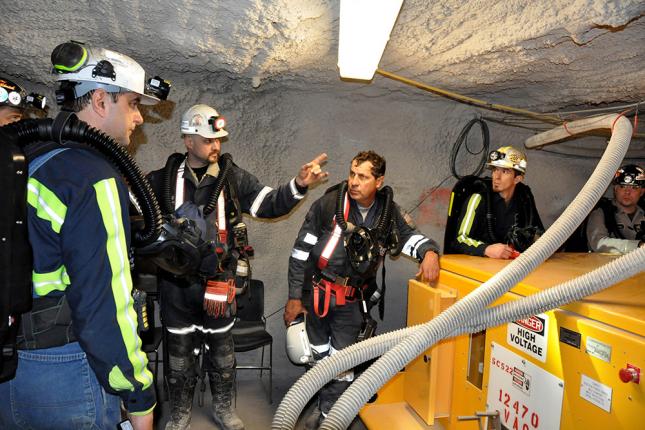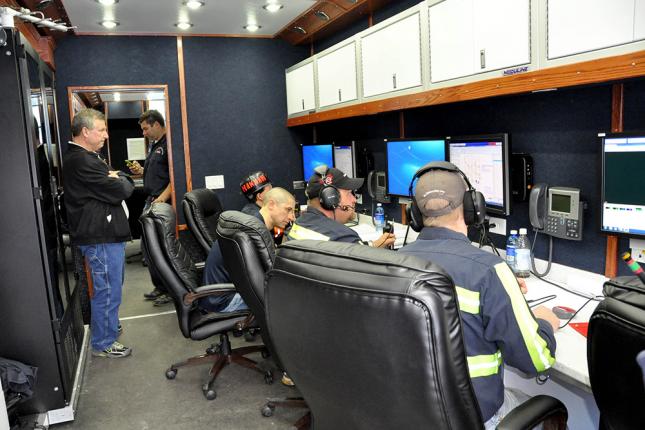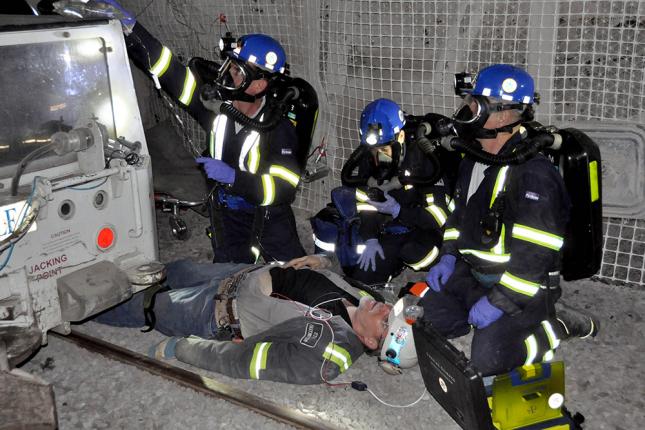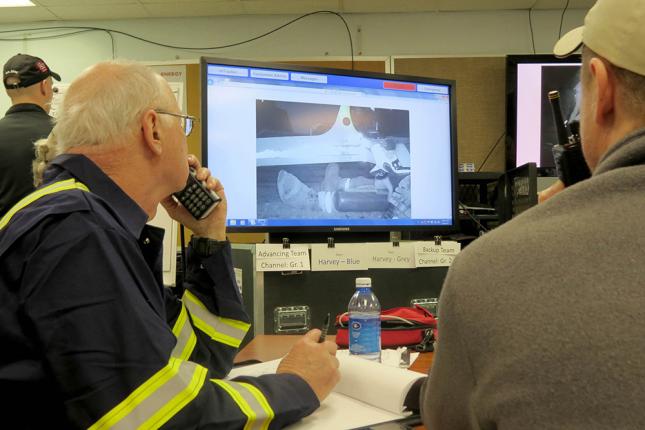When a mine emergency strikes, every second counts. Well-equipped and trained rescue teams and effective communications can make the difference between life and death for miners who are trapped or injured.
To ensure that mine rescuers are fully prepared and have access to the most effective technology, MSHA Assistant Secretary Joseph Main in 2010 launched an initiative to identify and fix gaps in mine emergency readiness. With the involvement of mine rescue teams and trainers and representatives of industry, labor, and other government agencies, the initiative has already led to significant advances in mine rescue, including:
- State of the art technology that enables direct communication between the advancing mine rescue teams and the command center, while back-up rescue teams and others are kept in the loop.
- New mapping technology that allows the command center and other rescuers to watch the progress of the advancing rescue team in real time
- New atmospheric monitoring technology featuring sensors that can be left at locations in the mine as rescuers move forward, or are forced to retreat, that will continue to transmit data.
- Upgraded MSHA command centers designed to manage the new information streams and quickly relay critical information to others coordinating the mine emergency.
These improvements will enable faster and safer rescue operations, and greatly reduce the potential for miscommunication, which ultimately translates into a safer work environment for the nation’s miners.
New systems developed through the initiative were put to the test April 8, 2015 during a rescue drill at the Harvey Mine, owned by Consol Energy Inc., in southwestern Pennsylvania. MSHA's mine emergency unit and rescue team worked with Consol's eight rescue teams, Pennsylvania’s Department of Deep Mine Safety, and the Pennsylvania Special Medical Response Team (S.M.R.T.) in a series of drills that featured injured miners and smoke-filled tunnels, while their movements were tracked on computer screens in a mobile command center.
In addition, mine rescue training contests are now better organized and fall under a new organization - the Holmes Mine Rescue Association. A national Mine Rescue Day has also been celebrated every October 30 since 2013.

